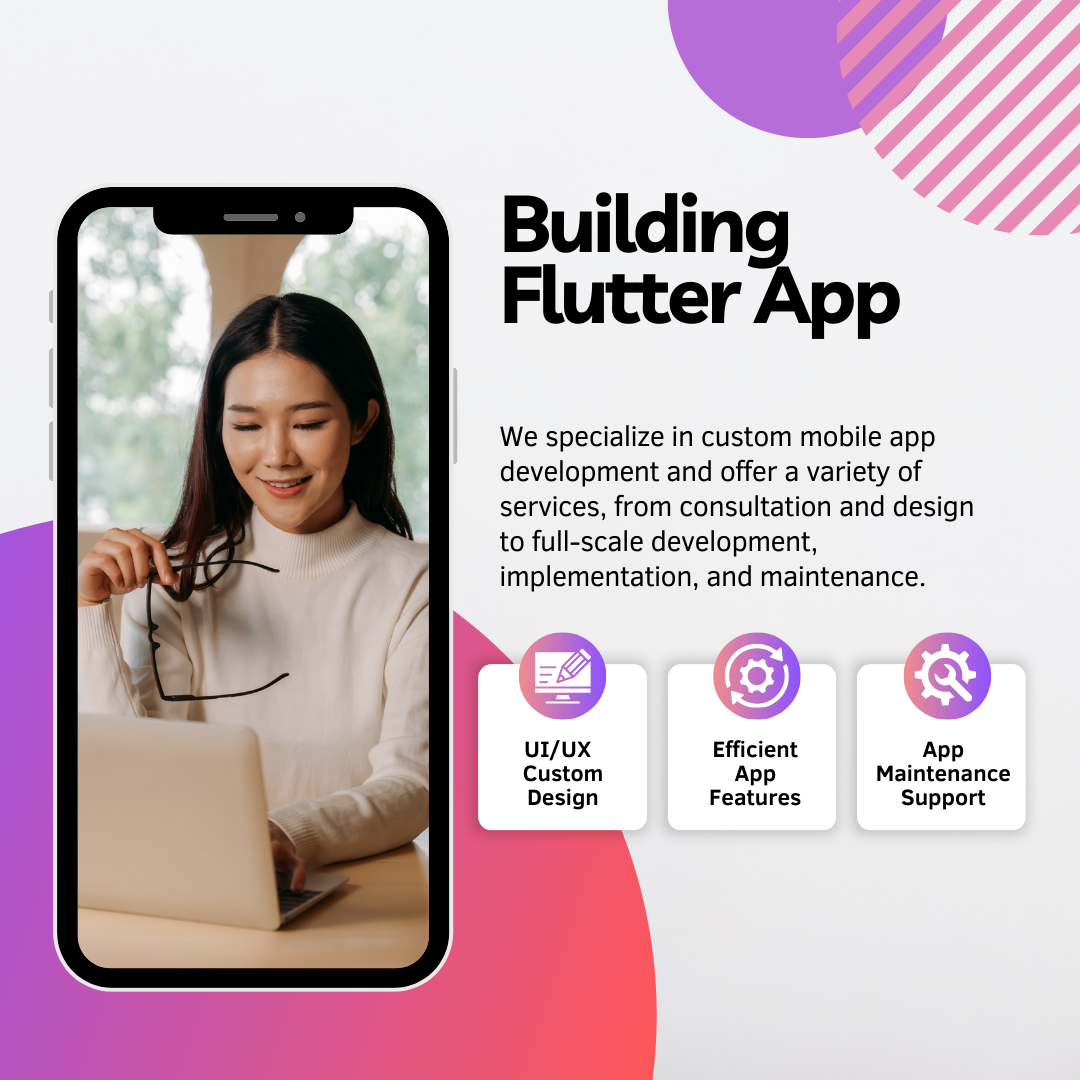Building Flutter App for any WordPress Website
 Tech Insider
Tech Insider
To build a Flutter app for a WordPress website, you can follow these steps:
Set up a Flutter development environment: Install Flutter SDK and set up the necessary tools for your operating system. You can find detailed instructions on the official Flutter website.
Create a new Flutter project: Use the Flutter command-line tools to create a new project. Open a terminal or command prompt, navigate to your desired directory, and run the following command:
flutter create my_app
- Set up dependencies: Open the
pubspec.yamlfile in your Flutter project and add the necessary dependencies. You will need packages for HTTP requests and JSON parsing to communicate with your WordPress website's REST API. For example:
dependencies:
http: ^0.13.3
flutter_html: ^2.0.0
Design the user interface: Use Flutter's widget system to design the user interface of your app. You can create widgets for displaying posts, categories, images, etc., based on the data provided by the WordPress REST API.
Fetch data from the WordPress website: Use the
httppackage to make HTTP requests to the WordPress website's REST API endpoints. Retrieve data such as posts, categories, tags, and media.Parse and display data: Parse the JSON response from the WordPress REST API using built-in Flutter methods or JSON parsing libraries like
json_serializable. Display the fetched data in your app's UI.Implement features: Add features like search, filters, pagination, and user authentication as per your requirements. You can use Flutter plugins or build custom logic based on the WordPress REST API documentation.
Test your app: Use Flutter's testing framework to write unit tests for your app's functionality. Run tests to ensure everything is working as expected.
Build and deploy your app: Once you are satisfied with your app, you can build it for various platforms (iOS, Android, web) using Flutter's build command. Follow the platform-specific guidelines for deploying your app to the respective app stores or web hosting platforms.
Remember to refer to the official Flutter documentation and relevant Flutter packages for detailed information on implementing specific functionalities and best practices for building Flutter apps.
Subscribe to my newsletter
Read articles from Tech Insider directly inside your inbox. Subscribe to the newsletter, and don't miss out.
Written by
